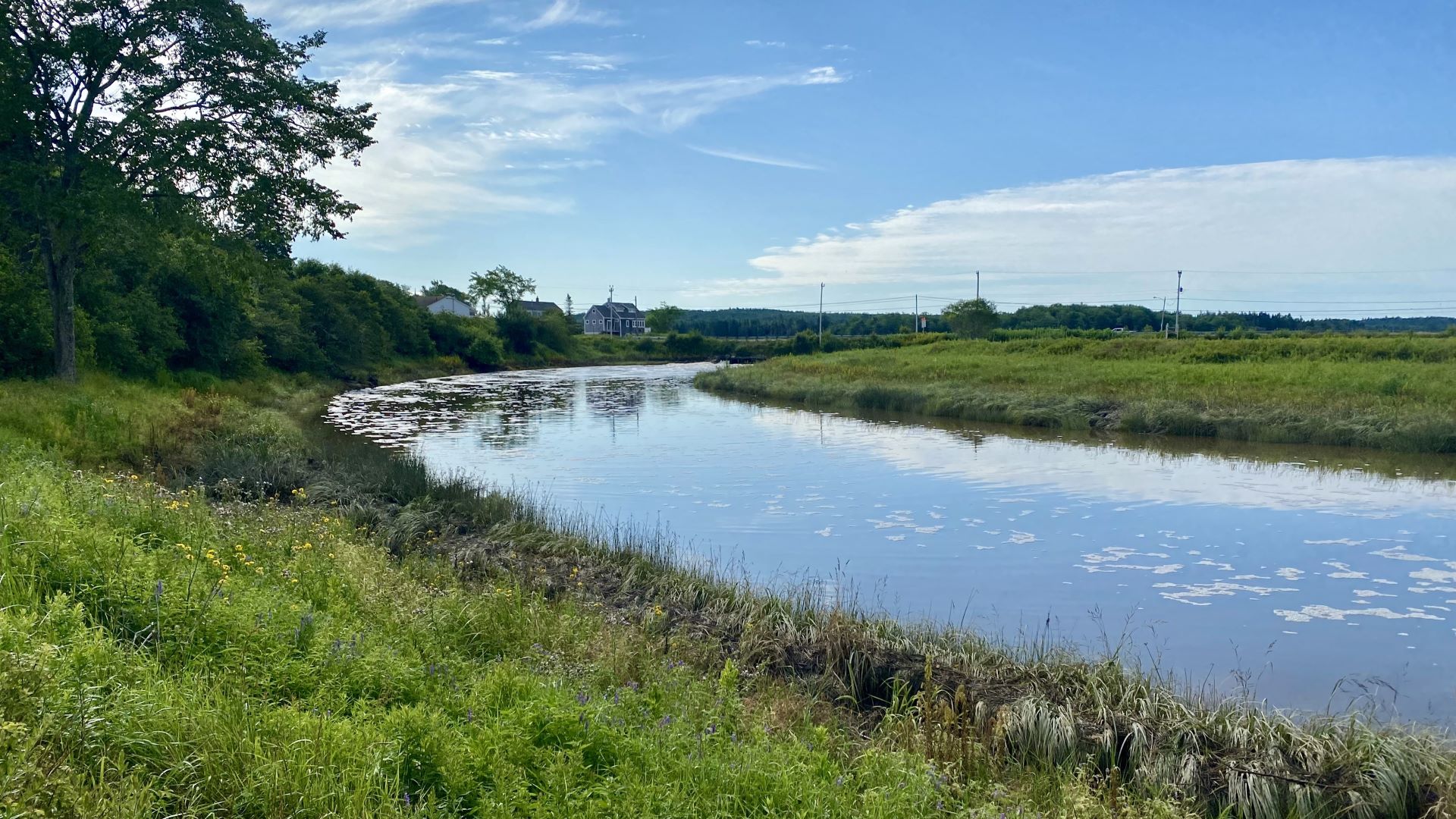
Coastlines reporting initiative. For more information, go to
pulitzercenter.org/connected-coastlines.
This story is part of a series on marshes in Maine co-published with the Portland Press Herald.
ADDISON — For years, Ronald Ramsay — like his father before him — gathered the hay from his plot of salt marsh and spread it on his blueberry fields to keep the weeds down. As a child, he fished for flounder along the riverbank, on land that has been in his family for more than 80 years.
Ramsay’s use of that land is now in jeopardy, because of a proposal to restore tidal flow to the marsh along the West Branch of the Pleasant River by removing a set of six tide gates beneath the Ridge Road crossing.
“To restore it to what they determine to be its original state is a fantasy to begin with,” Ramsay said of the marsh. “No one really knows what it was. Those marshes were diked in the late 1700s. The riverway has been altered probably a dozen times by man over the years. What state are you looking for?”
The plan, which would flood the properties of dozens of owners upstream of the gates, including some of Ramsay’s marsh, is igniting vigorous debate about the marsh’s past and its future, the value of one type of habitat over another, and what restoration means in a landscape that has been continuously altered by humans over thousands of years.

The town of Addison, population 1,148, is nestled on either side of a bend in the Pleasant River, roughly midway between Ellsworth and the Canadian border. Several miles south of the main thoroughfare of Route 1, it’s the rare coastal Maine town that is sleepy even in midsummer — there are no ice cream or t-shirt shops, and tourists looking for recreation tend to stop at Acadia National Park to the west or continue driving east to the coastal cliffs of Cutler.
The gates — locally known as clappers — were built in the 1940s to replace an aging bridge just south of the town post office. When they were installed, the clappers completely cut off tidal flow to hundreds of acres of upstream marsh, allowing fresh water to flow out but no salt water to flow in.
Plants and animals that relied on the brackish water died or moved elsewhere. Migratory birds no longer stopped on their way south from the Canadian Arctic; mosquitoes multiplied in the water that pooled on its surface.
“It’s not a freshwater marsh and it’s not a saltwater marsh. It’s this kind of weird ecological human-made thing that really doesn’t work either way,” said Jeff Erickson, who owns roughly eight acres of marshland upstream from the gates and is an outspoken advocate for their removal.
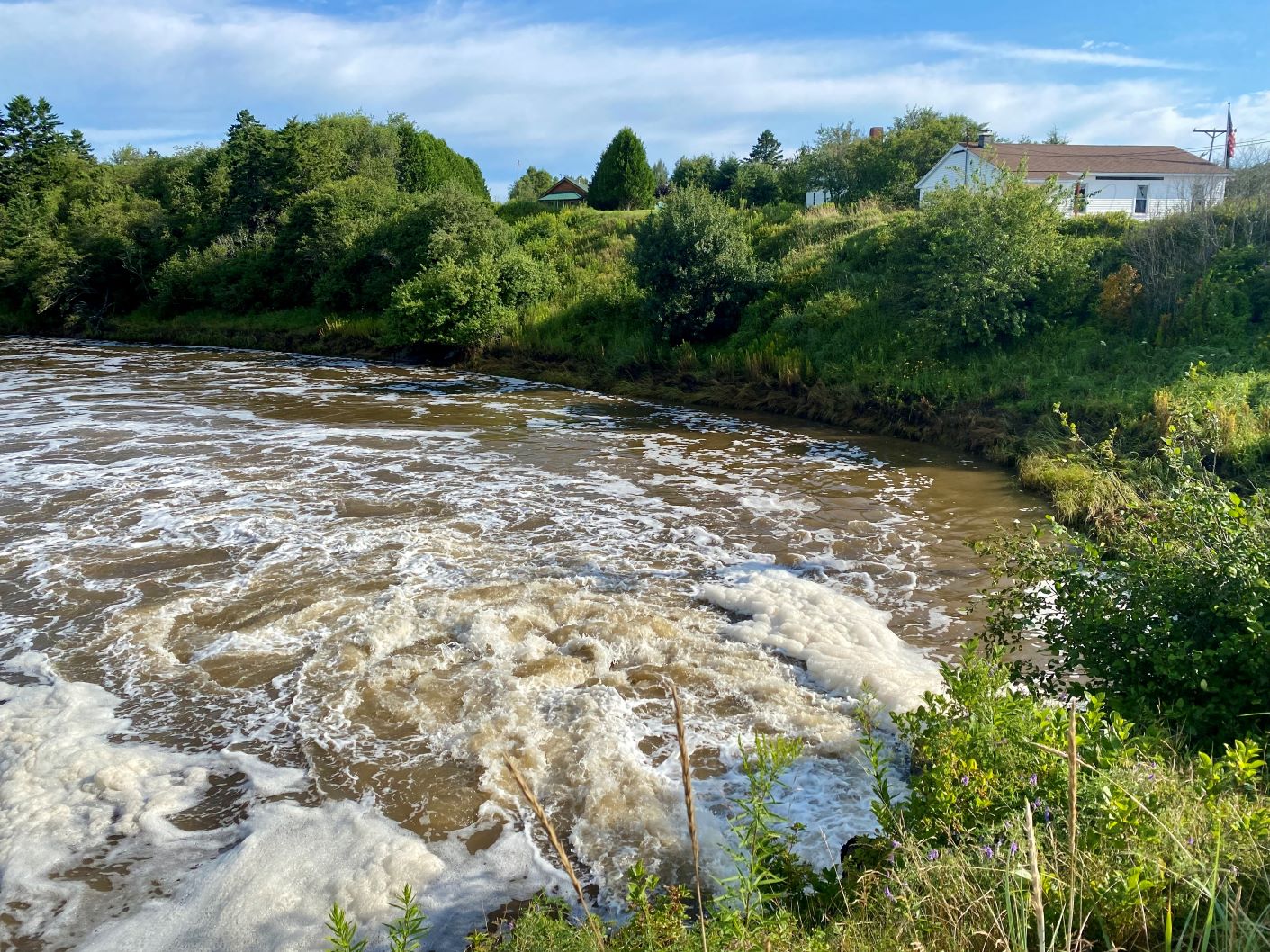
There is broad agreement that the bridge needs replacing. It’s well past its 70-year lifespan, and the gates periodically break, flooding saltwater upstream. Fifteen years ago, a DOT bridge designer said at a public meeting that the bridge had “serious problems,” and that just about every aspect of its base had failed. It was rated in “serious condition” during an inspection in November, said DOT spokesperson Paul Merrill in an email, and was posted to keep large vehicles off.
The question is what it should be replaced with.
Conservation groups say removing the gates would restore more than 250 acres of salt marsh — land area that could host sea-run fish and provide nesting habitat for migratory birds. Studies predict gate removal could even cut down on mosquitoes, which hover above the surface on summer days in thick, whiny clouds.
Returning the tides to the West Branch of the Pleasant River would be a huge ecological win, said Charlie Foster, associate director of the Downeast Salmon Federation, on a hot summer morning as he brushed past swaying chest-high grass upstream of the clapper gates. The land was dry and lumpy underfoot, its surface dotted with trees.
The prospect of removing the gates has been floated a handful of times over the past two decades, and a host of state and federal agencies, including the Maine Department of Inland Fisheries and Wildlife, the National Oceanic and Atmospheric Administration and the U.S. Fish and Wildlife Service, have expressed support over the years for removing the gates and restoring the marsh.
The road crossing is owned by the state and managed by the Maine Department of Transportation, which hasn’t publicly taken a position on whether the gates should stay or go.
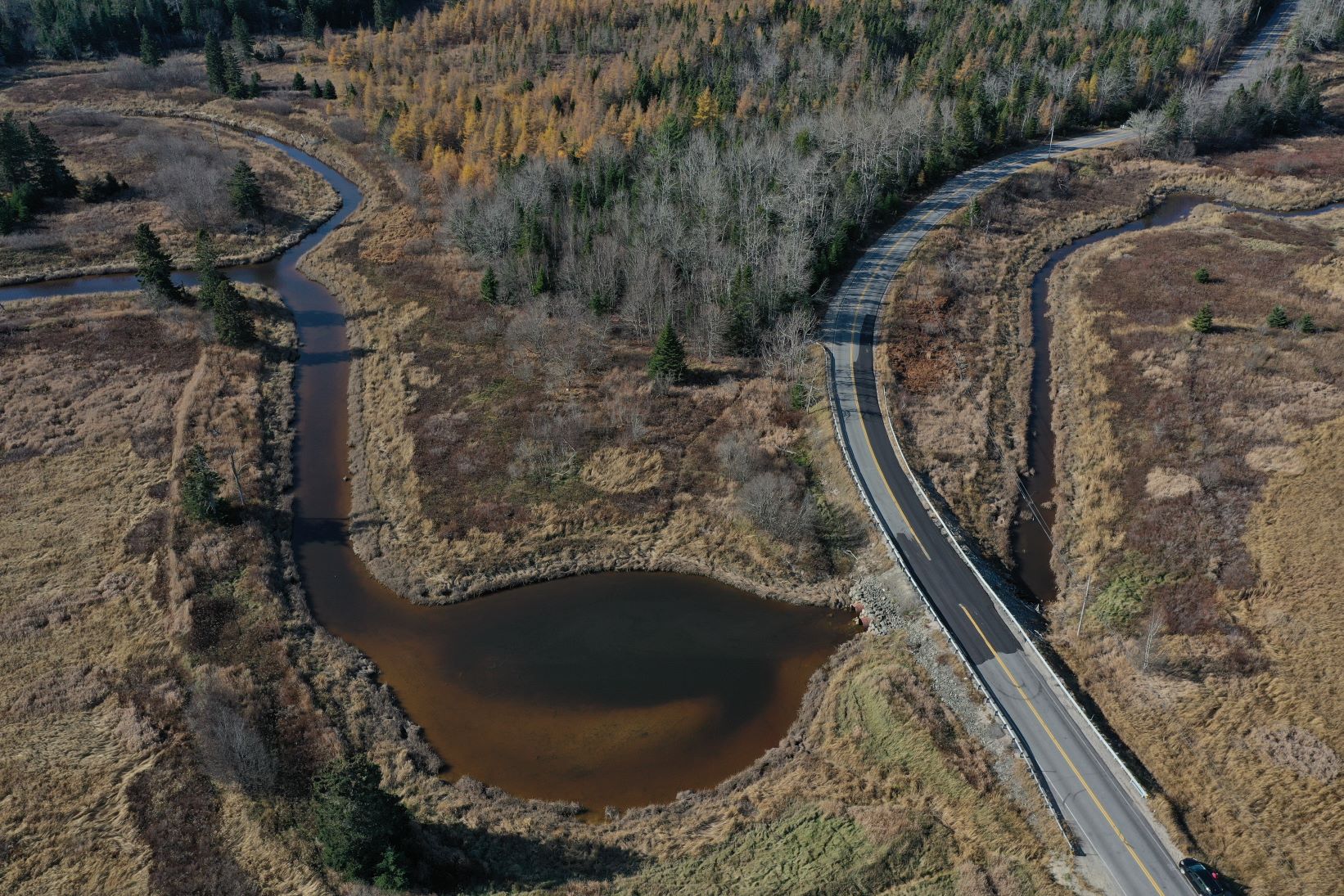
But there is new energy behind the plans as state and federal agencies look to restore coastal marshland as one of the ways to mitigate flooding in the face of stronger storms and rising seas.
The Downeast Salmon Federation, which is involved in efforts across the state to restore marshland and fish habitat, has raised about $3 million toward the restoration, said Foster.
That is a lot of money, he said, but it’s just a fraction of the $30 to $40 million estimate for the entire project, which includes upgrading culverts at several additional sites upstream to help prevent flooding and restore fish passage. The Maine Department of Marine Resources has taken the lead on the project, spokesperson Jeff Nichols confirmed.
The Department has applied for $7 million in federal funds toward the project, said Nichols in an email. That award is pending. The agency also plans to apply for $9 million to construct a larger box culvert and raise the road Point Street, upstream from the gates.
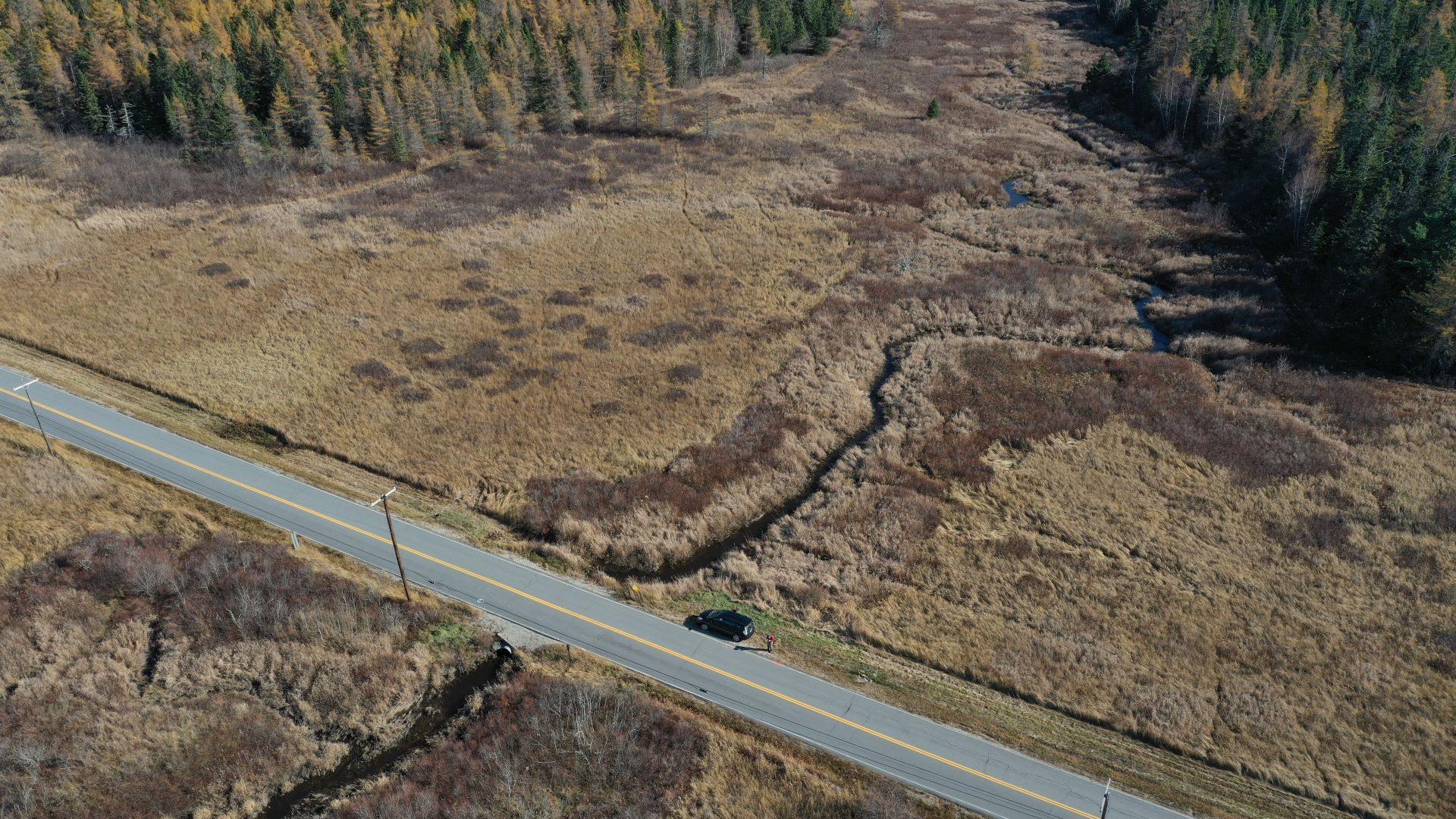
Foster, who moved Down East after stints in Texas and North Carolina, also sees the possibility for a recreational saltwater fishery, an industry that barely exists in Maine but brings in millions of tourism dollars elsewhere in the country.
The restoration would double the available habitat for smelt, said Foster, a cultural touchpoint in the area, which is home to the last commercial smelt fishery in New England. The smelt fry hosted by the federation has become an annual rite of spring, drawing hundreds to tents near the hatchery in Columbia Falls to clean, cook and fry the tiny silver fish.
If the tide continues to be kept at bay, the area eventually will become a forest, said Foster. “At best, it may be decent deer habitat.”
A healthy salt marsh, say proponents, would also store carbon below its surface and provide a buffer as the climate changes against the kinds of stronger storms that Maine is seeing by allowing the marsh to act as a sponge, absorbing the waves and tides as they come crashing in from Pleasant Bay.
“It’s sort of future-proofing things,” said Foster.
But many longtime locals are against removing the tide gates, which have been a fixture of the area for generations. They argue that a lot of upstream properties have individual dikes and berms that would prevent full tidal flow anyway.
Ramsay said he isn’t against restoring the marsh, and recognizes the ecological value the tidal flow would bring. He would sell his marshland if someone offered to pay.
“I’m for the environment,” said Ramsay. “But there’s an existing environment down there right now.”
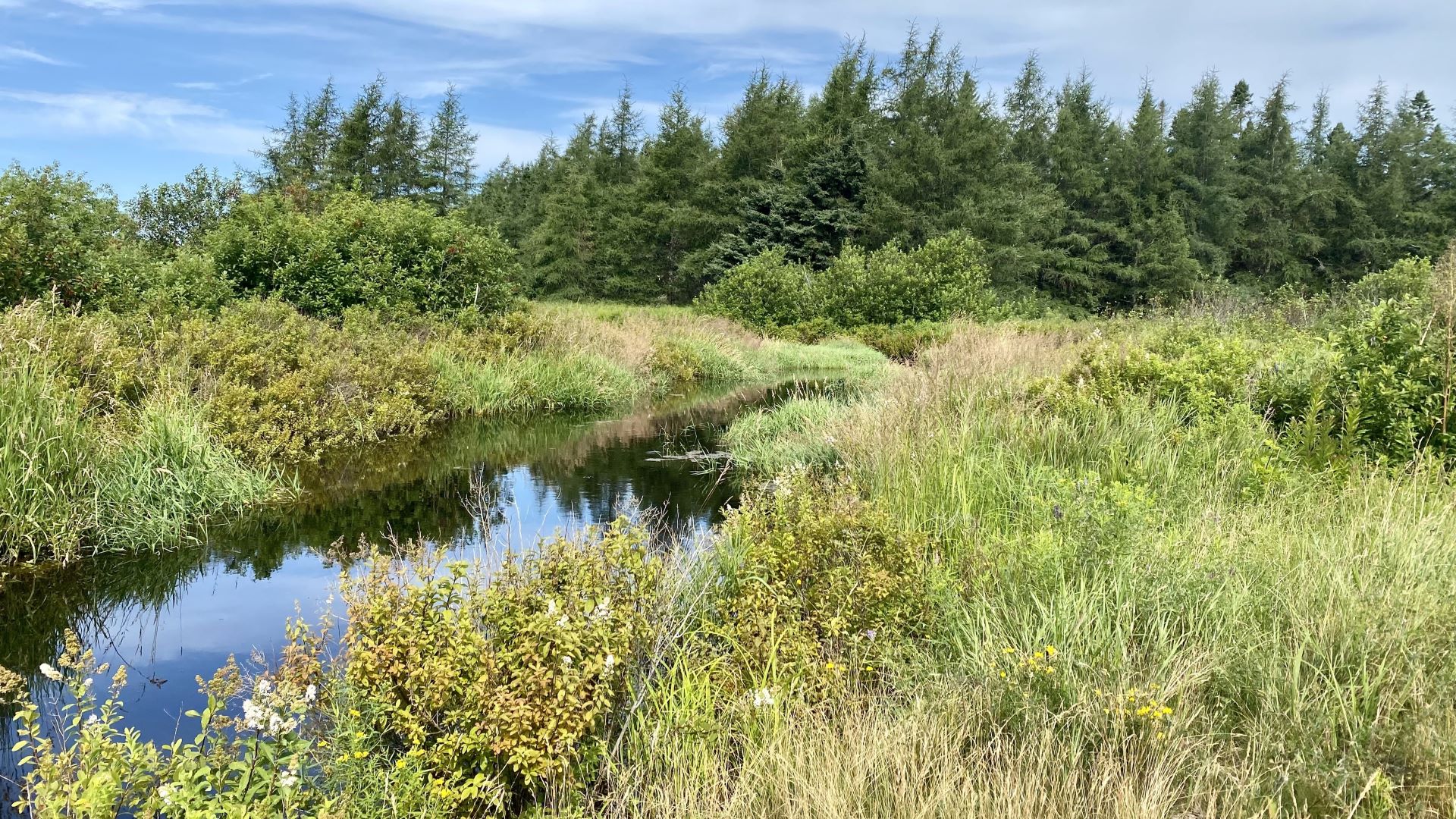
At an occasionally boisterous meeting last fall, many residents were against removing the gates. Erickson was one of the few voices of support.
At the meeting, town officials voted unanimously not to send a letter of support requested by DMR. The Department was requesting grant funding from NOAA for the plans.
During the discussion, Ramsay recalled a proposal to restore the marsh decades ago as part of the in-lieu fee compensation program, in which developers pay for marsh they’ve destroyed or damaged, money that can then be used to for conservation elsewhere. Fees vary depending on the location and type of impact, and have ranged from a few cents per square foot to more than $9 per square foot.
“So you can build a plaza down in Portland and destroy marsh somewhere and you can say ‘Oh well, we just restored all these acres in Addison,’ ” said Ramsay. “I’m not saying that’s a bad thing, but it’s always on our backs.”


